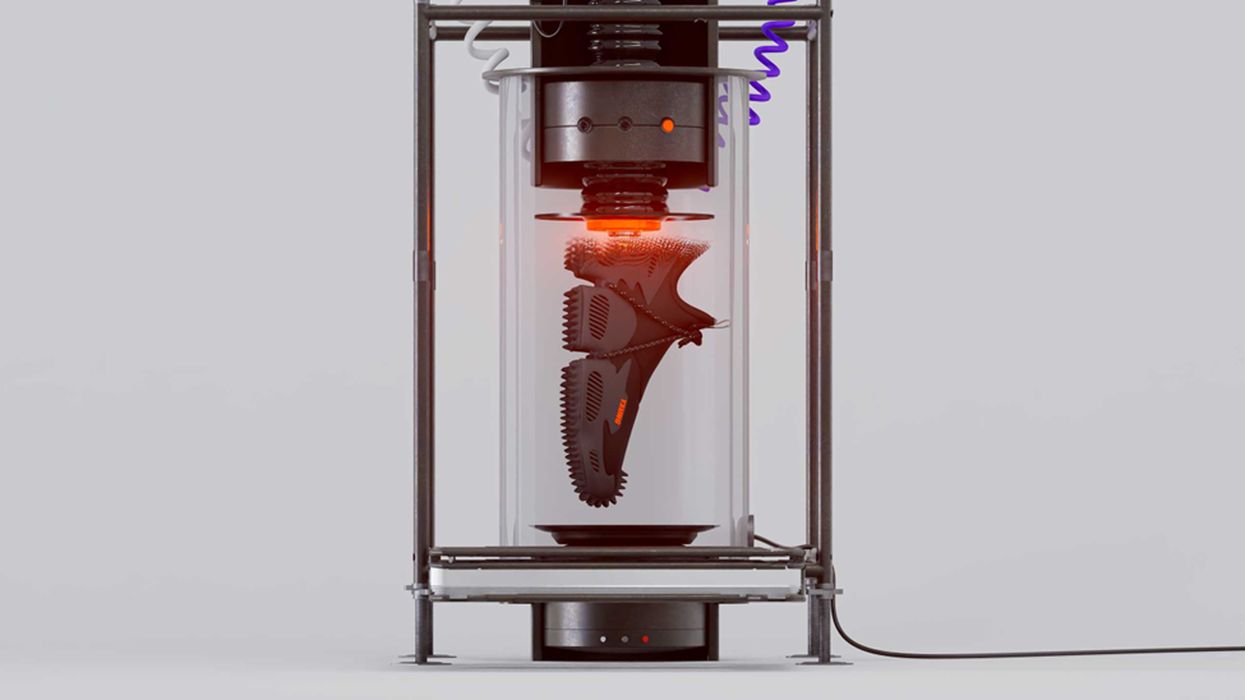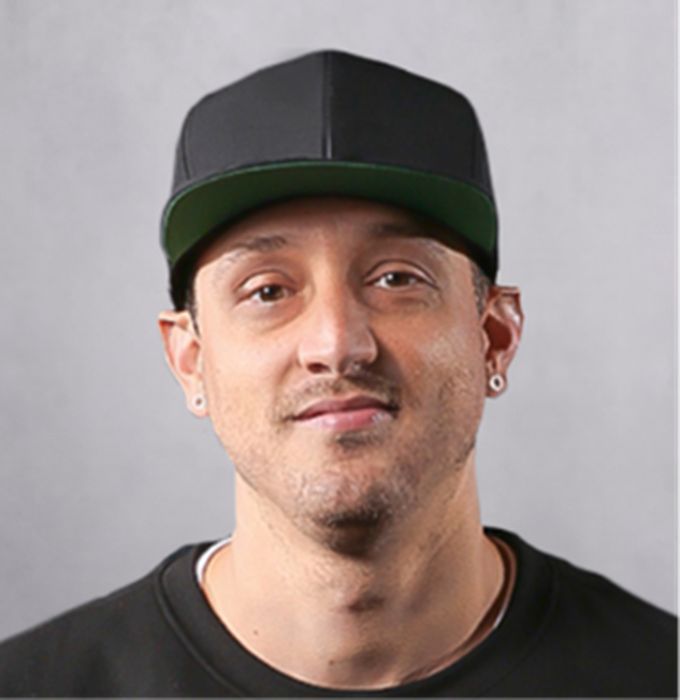
Charles R. Goulding interviews the CEO of Madeium, a sustainable startup leveraging 3D printing.
We had the opportunity to interview Jesse Rademacher, the CEO and co-founder of Madeium, a 2020 Portland-based startup in the footwear space. I like startups with experienced management and expertise in the industry they are pursuing, and Jesse certainly meets those criteria.
With a Bachelor of Industrial Design degree from North Carolina State University’s College of Design and almost 9 years at Adidas, Jesse is well positioned to identify opportunities in the footwear/design industry. Moreover, Jesse has assembled an experienced team with design, software, art, and business professionals.

Madeium is focused on a concept-to-consumer model where consumers can obtain exactly what they desire without creating excess inventory and waste. We have already seen major brands successfully use the direct-to-consumer model with standard product brands. While sustainablility is central to their mission, the company’s initial emphasis is on eliminating the entire concept of finished product inventory waste.
In Jesse’s own words, “Our platform is designed to service brands and startups from concept to consumer with top design talents in several areas. These include product, footwear, fashion, and digital (web/app) designers. By leveraging strategy, brand positioning, marketing, 3D animation, UIUX, and other methods, we help bring ideas to life in physical, digital, and experiencial domains.”
Madeium will use 3D printing to satisfy low-volume orders and expects to reduce delivery timelines from weeks to days. This will enable the reduction of inventories and warehouse space.
The Research & Development Tax Credit
The now permanent Research and Development (R&D) Tax Credit is available for companies developing new or improved products, processes and/or software.
3D printing can help boost a company’s R&D Tax Credits. Wages for technical employees creating, testing and revising 3D printed prototypes can be included as a percentage of eligible time spent for the R&D Tax Credit. Similarly, when used as a method of improving a process, time spent integrating 3D printing hardware and software counts as an eligible activity. Lastly, when used for modeling and preproduction, the costs of filaments consumed during the development process may also be recovered.
Whether it is used for creating and testing prototypes or for final production, 3D printing is a great indicator that R&D Credit eligible activities are taking place. Companies implementing this technology at any point should consider taking advantage of R&D Tax Credits.
Conclusion
Madeium has the background and technical expertise to execute the promised strategy. Starting a business at the beginning of the Covid-19 pandemic may have helped them demonstrate the relevance of their business model.
